Banded Ground-Cuckoo sighting at Magic Birding Circuit, Ecuador
By: Cheryl Korowotny
The Magic Birding Circuit is famous for its bird life with over 1,700 species, but imagine the thrilling amazement when birding guide Dr. Jorge Cruz with birders Ken and Susy Goodier, Chuck and Nancy Williams and Bill and Lena Proebsting spotted the Banded Ground-Cuckoo (Neomorphus radiolosus). Two of these birds have been recently sighted (February 2011) and confirmed on the property of San Jorge Eco-Lodges & Botanical Reserves at San Jorge de Milpe Orchid & Bird Reserve. This species of cuckoo is in the Cuculidae family and found in the Choco of western Colombia and Ecuador.
This is the first hand reporting on finding the Banded Ground-Cuckoo as told by Dr. Jorge Cruz, owner of San Jorge Eco-Lodges & Botanical Reserves of Ecuador. “I was guiding our birding group and we spotted the Banded Ground-Cuckoo near the lodge, eating ants. I had received several reports from our local guide, Camilo, the bird had appeared very swiftly a few weeks ago. This time the bird seemed more confident and decided to leave the lush forest and show up near the lodge. There are at least two of them which were viewed. They were found mixed in a flock of Antbirds, Woodcreepers and some Antwrens all looking for the huge group of ants in this magical forest. The birds also scourer foliage, stems and tree-trunks and catch prey such as grasshoppers disturbed by army ants. These Cuckoo’s live at San Jorge de Milpe Orchid & Bird Reserve, with many other rare birds, along with the Crimson-bellied Woodpecker, the Plumbeous and Semi-collared Hawks, the Long-wattled Umbrella birds, Indigo crowned Quail Doves, the Golden-winged, Club-winged, White-bearded Manikins and Glistening-green Tanager.”
The Banded Ground-Cuckoo is famous for just how difficult they are to see, some of them almost never encountered in life. Part of the problem is that the species depends on primary forests, which are rapidly disappearing or becoming degraded. Banded Ground-Cuckoo is included in the art book: "The Fifty Rarest Birds of the World". According to BirdLife International, “This species occurs at very low population densities and is often absent even from seemingly appropriate habitat; overall it is considered to have a very small and fragmented population that is isolated in small subpopulations. In most of its range, habitat loss and degradation are proceeding rapidly, indicating that there are significant and ongoing declines in range and population. Locally it is opportunistically hunted for food. This combination of factors has led to its uplisting to Endangered.”
According to other found articles, “Ground-Cuckoos are an extremely interesting, much desired group of birds, whether you are talking of the Asian species or the Neomorphus species in the Neotropics. This is for two main reasons – they are all attractive, striking birds and all of them are downright difficult to see, some of them almost never being encountered in life. The Banded Ground-Cuckoo falls into this latter category: It has for many years been one of the hardest and least seen of all the endemic birds of the Chocó region (this region encompasses northwest Ecuador and western Colombia).”
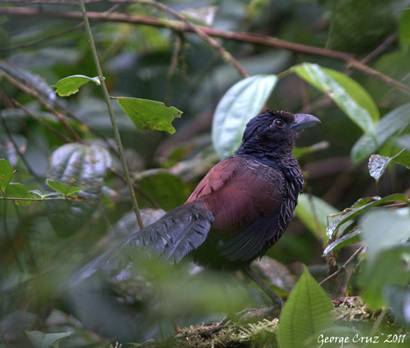


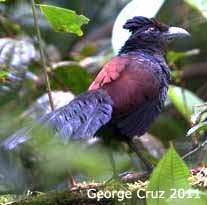 Banded Ground Cuckoo
Banded Ground Cuckoo 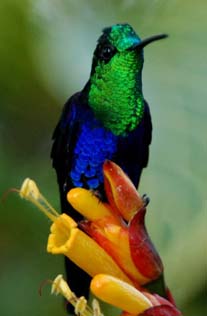
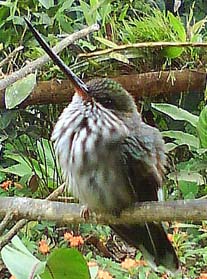
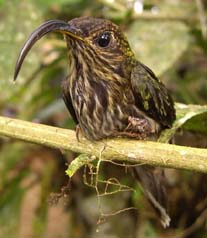
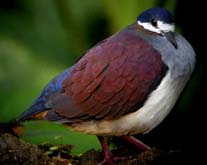
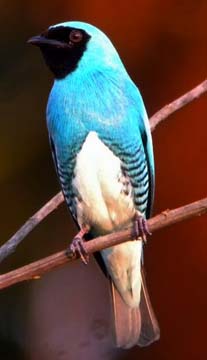 Birdwatching Ecuador
Birdwatching Ecuador